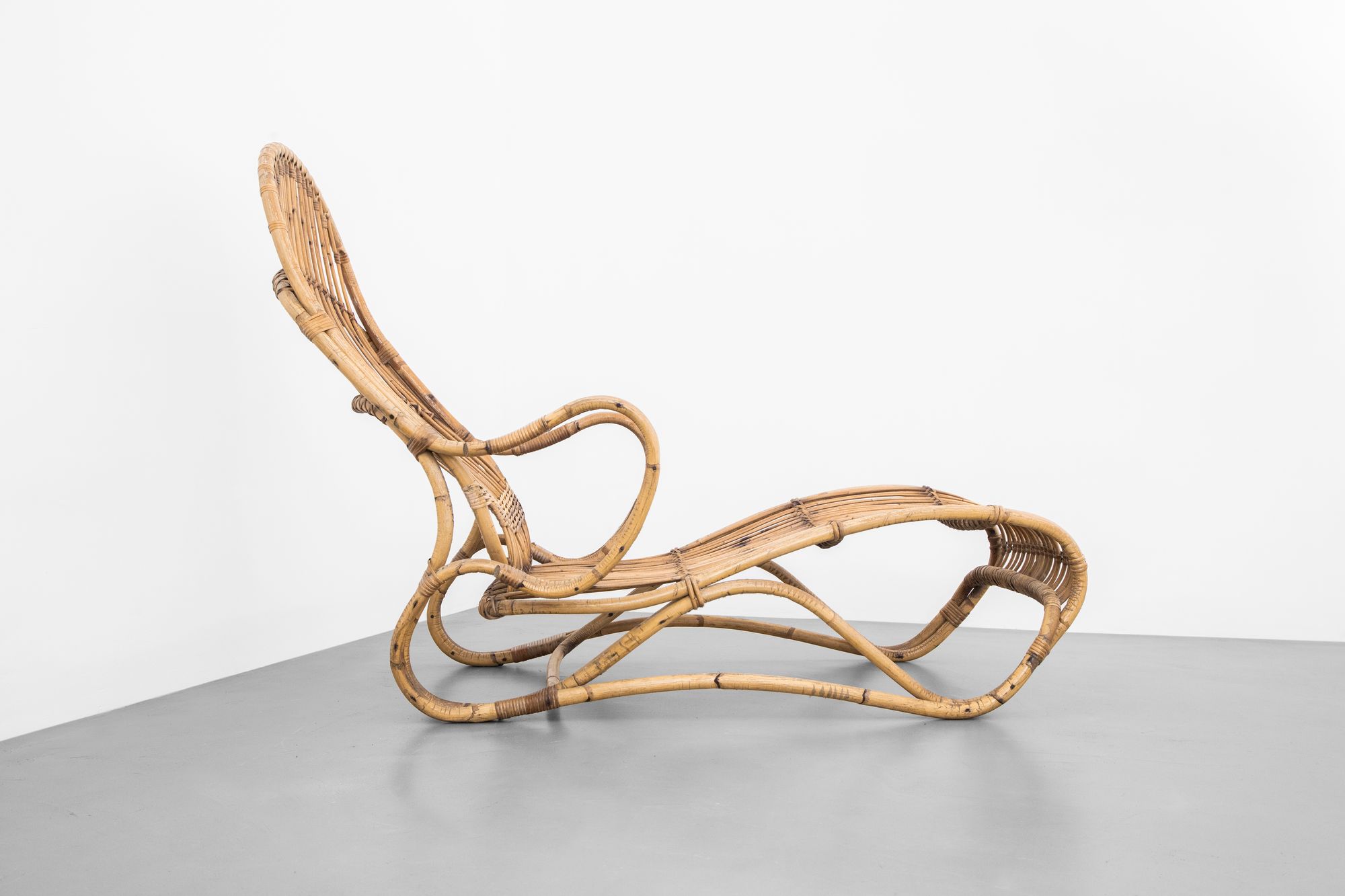
Umberto Riva’s Mod. 463 Chaise Lounge, 1959. Photo by Omar Golli; courtesy Giustini / Stagetti.

Umberto Riva’s Mod. 463 Chaise Lounge, 1959. Photo by Omar Golli; courtesy Giustini / Stagetti.
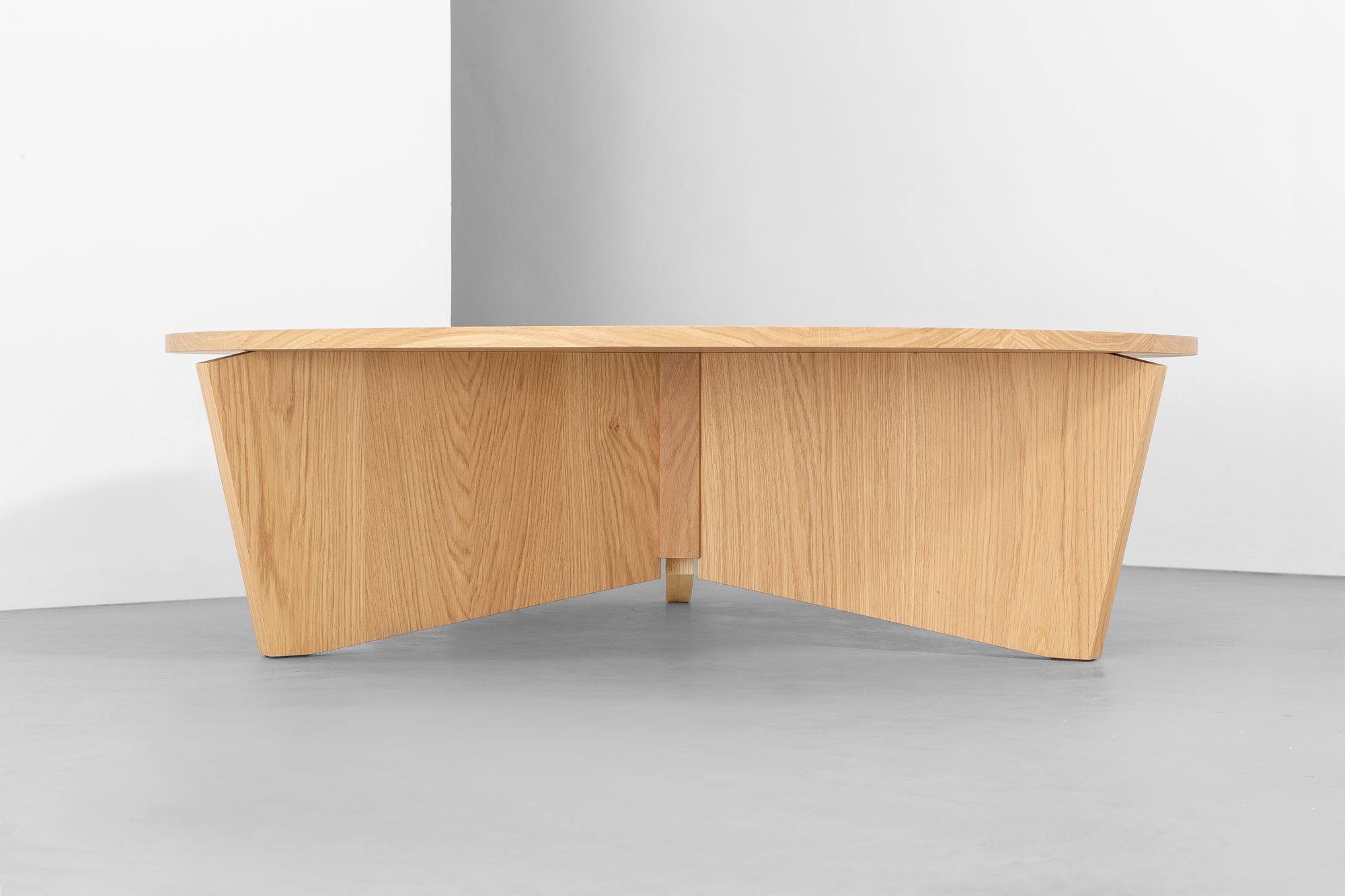
Umberto Riva’s Ro-Tondo coffee table, 2021. Photo by Omar Golli; courtesy Giustini / Stagetti.
In a universe so very often dominated by a pervasive sense of ego, by signature styles and a very conscious sense of show, one Italian maestro markedly stands apart. Occupying now, as he did in life, a somewhat lonely position, Umberto Riva, the hermit-like maestro of post-war Italian design was seemingly a mystery even to himself. Often plagued by a crushing self-doubt, Riva’s meticulous rigour represented, in itself, a radical act, and to a large extent precluded him from any sort of commercial success. His output being the very definition of slow design, contemplating Riva right now as Milan Design Week’s insatiable perennial appetite for new collections dawns, makes the late architect-designer’s show at Giustini / Stagetti in Rome particularly compelling.
Despite having lived and worked all his life in Milan, in 2018 and already 90 years of age, Riva started what would become a surprisingly prolific partnership with this prestigious Roman design gallery. Riva’s passing in 2021 came while he was very actively collaborating with Giustini / Stagetti. This included designing a multitude of furniture pieces as well as the masterful architectural intervention to create the gallery’s new headquarters on Via Gregoriana with architect Emilio Scarano. This was an energetic and immensely fruitful swansong for Riva. Exhibited together with rare archival pieces such as the extraordinary Scarabeo and King table lamps both from 1973, Riva’s contemporary pieces like the TAV1 dining table (2018) and the Pisa bookcase and Ro-Tondo coffee table (both from 2021) have a brilliant and captivating freshness. “Riva worked very little and very slowly” says Michela Tornielli di Crestvolant, Giustini / Stagetti director of the late nonagenarian designer, as she walks around the show; “however, he always had a huge amount of energy.”
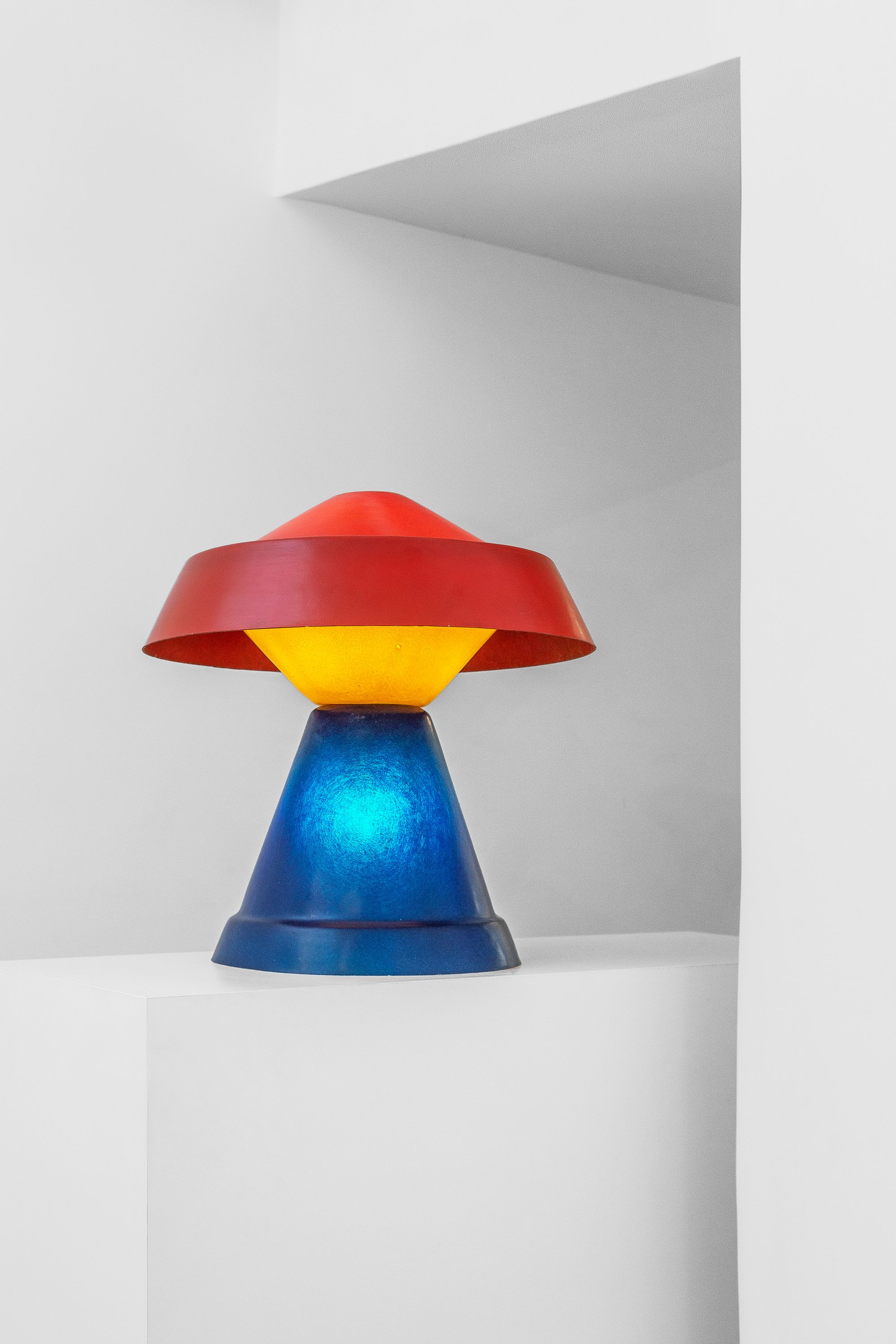
Umberto Riva’s King Table Lamp, 1973. Photo by Omar Golli; courtesy Giustini / Stagetti.
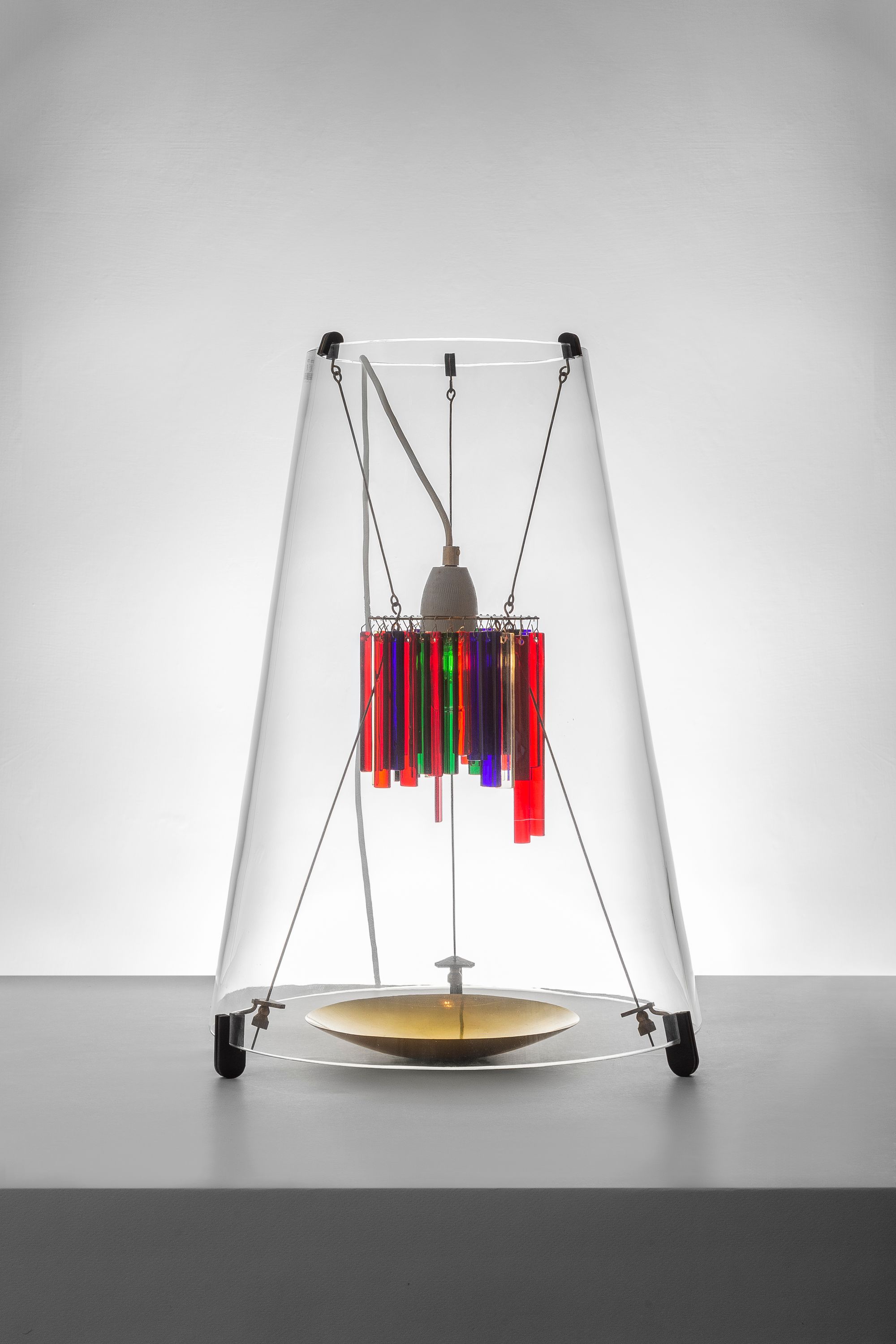
Umberto Riva’s Tesa Table Lamp, 1986. Photo by Omar Golli; courtesy Giustini / Stagetti.
She would know, Tornielli di Crestvolant having worked with him intimately, an experience she says was humbling. “It wasn’t easy,” she recalls of the late, great Riva’s creative partnership with the gallery; “we had to approach things in a very specific, respectful way.” Indeed, one can easily imagine the tacit, emphatically timid way in which the Giustini / Stagetti team would go about commissioning the 93 year old high priest of modern design in Italy (while, lest we forget, in the midst of a pandemic). On the contrary “he was actually incredibly open” says the director as she recalls Riva’s way of doing things; “He just said to us: you tell me how much do you want to spend; very little, a medium amount, or, a lot.”
Looking around the space that Riva and Scarano created, it’s easy to imagine what the gallery/client went for, on Riva’s simple budget scale. Tornielli di Crestvolant is rightfully coy about such considerations; “Let’s say we wanted him to work in the best possible way.” Impeccable material selection such as the carrara marble staircase and the white venetian terrazzo paving are rendered artfully throughout. It is an open space with subtle yet decisive interventions, permitting the exhibited works to become the protagonists, according to the gallery. Very much in tune with his approach to designing objects, Riva wanted us to be struck by something new every time we enter this gallery or view one of his lamps. In Riva’s world nothing should be static or symmetrical.
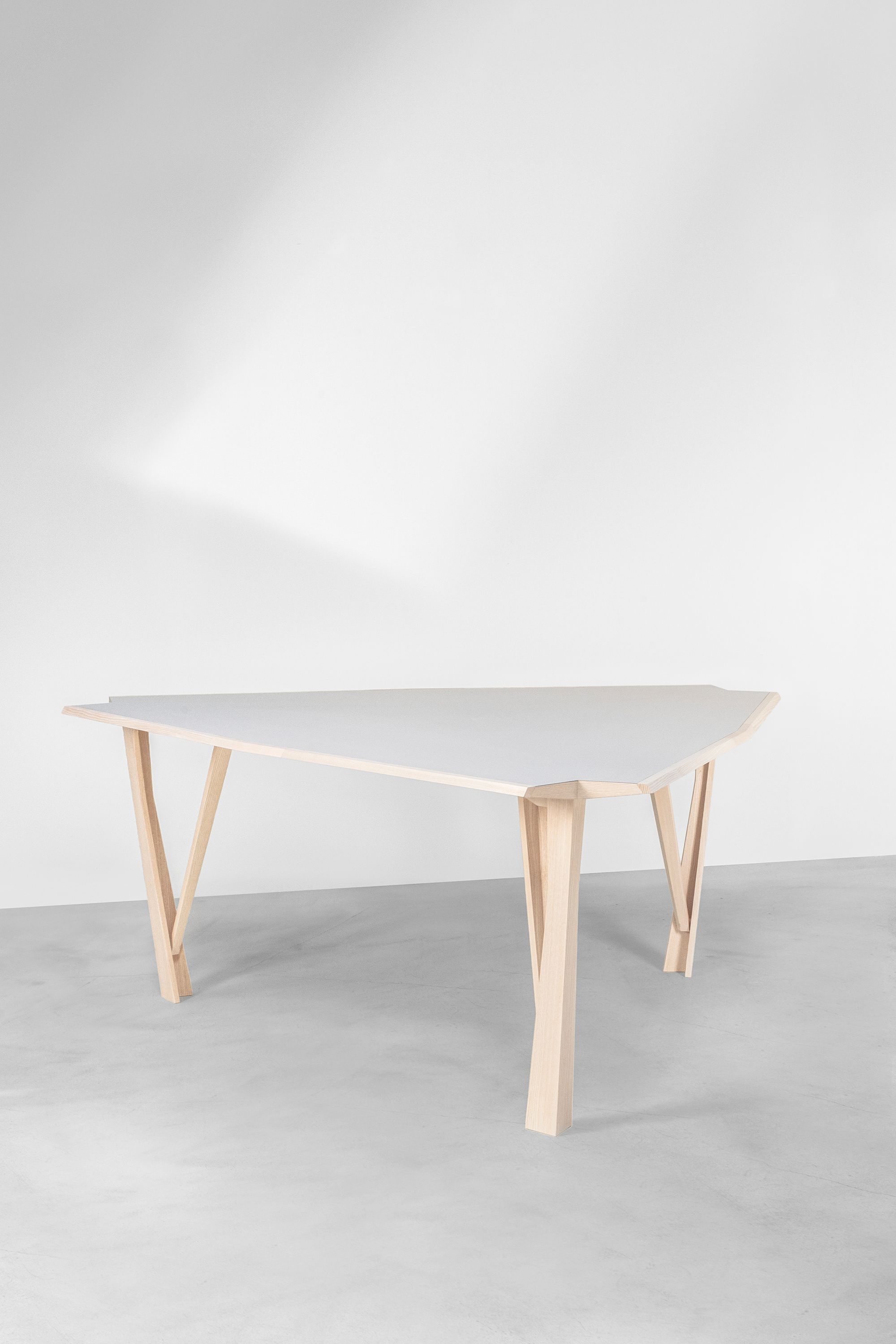
Umberto Riva’s TAV 1 Dining Table, 2018. Photo by Omar Golli; courtesy Giustini / Stagetti.
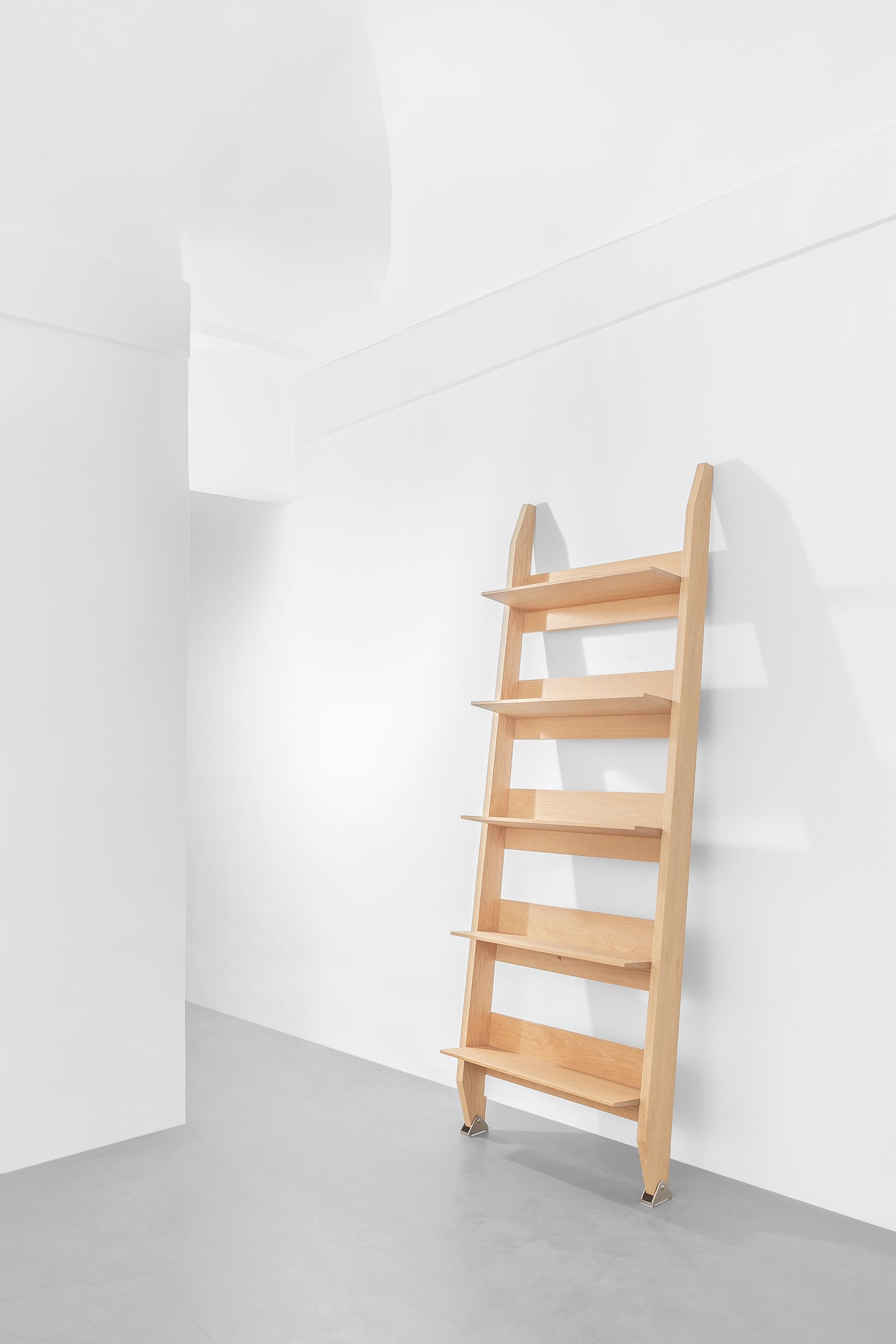
Umberto Riva’s Pisa bookcase. Photo by Omar Golli; courtesy Giustini / Stagetti.
Despite that fixation on form and that lifelong attempt to reconfigure, there is an almost pious observance to Riva’s work, a consistency of style and quality that makes him difficult to place in any category apart from his own. Indeed in an interview with Gabriele Neri, Riva alluded to this intransigence “sometimes it seems that I am always working on the same project.” There can be few designers whose career represents so solidly a singular body of work. Six decades of output that came with a fraction of the glamour and notoriety of his Italian contemporaries. Giustini / Stagetti’s exhibition, housed in a new gallery space that Riva himself designed, is therefore a life’s work perfectly synthesised. A fitting tribute that surely even this self-effacing, ever-humble maestro would have been pleased with.